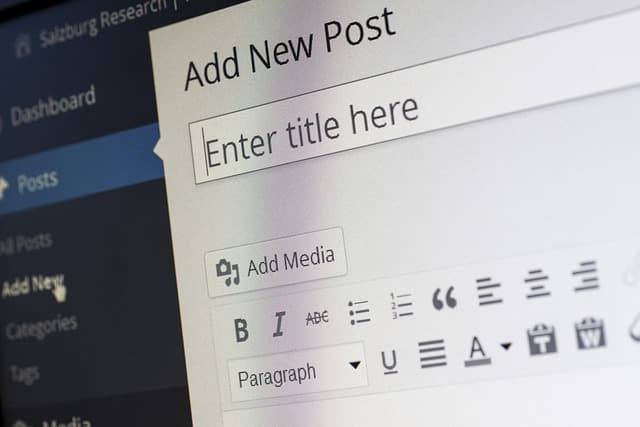If you have ever tried to change a theme in WordPress, you have probably noticed that each theme has its own structure. In one theme, the category.php file is responsible for displaying categories, in another it is archive.php, and in a third there are no such files at all. Why is this?
This is due to how WordPress processes requests and connects the necessary templates. It has its own clear hierarchy: when a page is loaded, the site searches for a suitable template in the theme folder in order. As soon as it finds the one it needs, it connects it. If not, it moves on down the list.
This approach provides flexibility: you can create templates for different types of pages without disrupting the site’s operation.
What does the theme structure include?
Each WordPress theme is a set of files, each of which is responsible for a specific type of page. For example:
- Post template — for displaying a single blog post.
- Category template — for displaying categories.
- 404 error page — if the user lands on a non-existent page.
- Static page — for example, “About us” or “Contacts.”
- Home page — a separate file if you want it to be different from the others.
Sometimes the same page can be displayed differently depending on which templates are present in the theme. This allows you to customize the display of pages as flexibly as possible.
Why understand the structure?
Understanding the structure of theme files allows you to:
- Create unique templates for different sections of the site.
- Change the appearance of the site without compromising its functionality.
- Better understand how WordPress works “from the inside.”
For example, you can create a separate template for a specific blog category page by simply adding the necessary file to the theme. If this file is missing, WordPress will automatically connect a more general template.
How does WordPress determine the right template?
WordPress uses a clear sequence: when a specific page is requested on the site, the engine searches for a suitable template in a specific order. For example, for a category page, it first checks for the most specific file, then more general ones, and finally the universal index.php, which serves as a “last resort” in case no other templates are found.
Home page: how to choose a template?
There is a specific order for connecting templates for the home page. It all depends on what you have selected in the WordPress settings:
- If the latest posts are displayed, WordPress first searches for the home.php file, then index.php.
- If a static page is selected, front-page.php is connected, and if it is not available, a regular page template is used.
This approach allows you to make the home page unique and different from the rest.
What about additional parameters?
During operation, WordPress takes into account many parameters: object ID, slug, post type, author name, and so on. Based on this data, it selects which template to connect. This provides even more opportunities for website customization.
Why is this important?
Understanding the structure of templates and the order in which they are connected helps you:
- Work with any WordPress themes, including third-party ones.
- Fine-tune the display of individual pages without conflicts.
- Avoid errors when changing templates.
- Quickly understand other people’s code and projects.




